Log in
Search
Latest topics
» Roger Harris revisitedby rsv1cox Today at 3:38 pm
» My N-1R build log
by GallopingGhostler Today at 3:04 pm
» Tee Dee .020 combat model
by 1/2A Nut Today at 2:43 pm
» Chocolate chip cookie dough.........
by roddie Today at 1:13 pm
» Purchased the last of any bult engines from Ken Enya
by sosam117 Today at 11:32 am
» Free Flight Radio Assist
by rdw777 Today at 9:24 am
» My latest doodle...
by batjac Yesterday at 9:47 pm
» Funny what you find when you go looking
by rsv1cox Wed Nov 20, 2024 3:21 pm
» Landing-gear tips
by 1975 control line guy Wed Nov 20, 2024 8:17 am
» Cox NaBOO - Just in time for Halloween
by rsv1cox Tue Nov 19, 2024 6:35 pm
» Canada Post strike - We are still shipping :)
by Cox International Tue Nov 19, 2024 12:01 pm
» Duende V model from RC Model magazine 1983.
by getback Tue Nov 19, 2024 6:08 am
Cox Engine of The Month
FOO Bird and Foxy
Page 1 of 1
 FOO Bird and Foxy
FOO Bird and Foxy
I didn't want to hi-jack the Testors thread with engine insignias, so I started this one. The O&R insignia used on the Midget was first used on the beautiful 1940-41 O&R 60 Custom. For whatever reason, collectors call it the "FOO Bird".
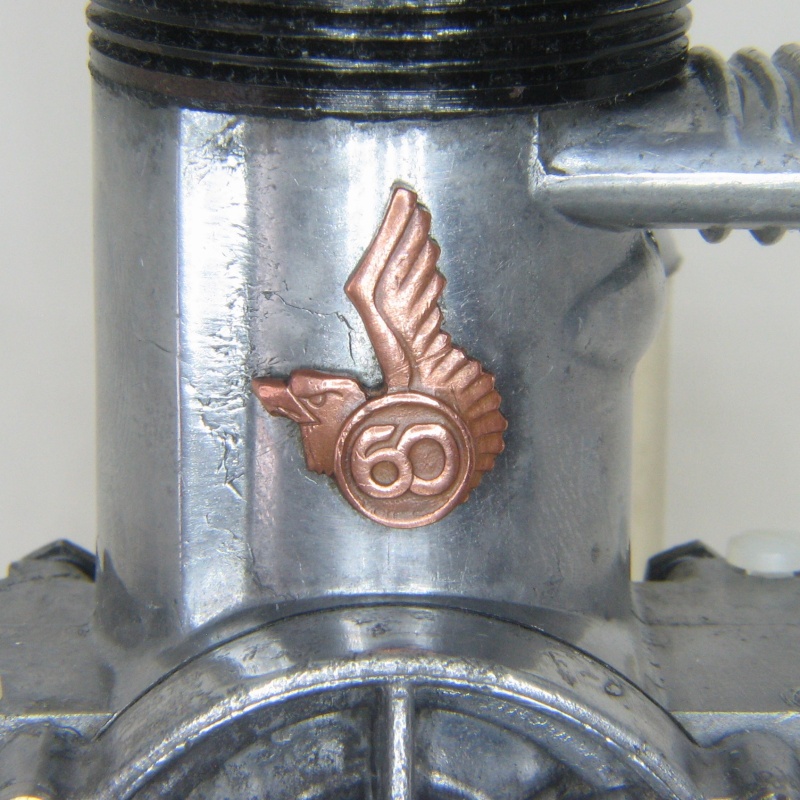
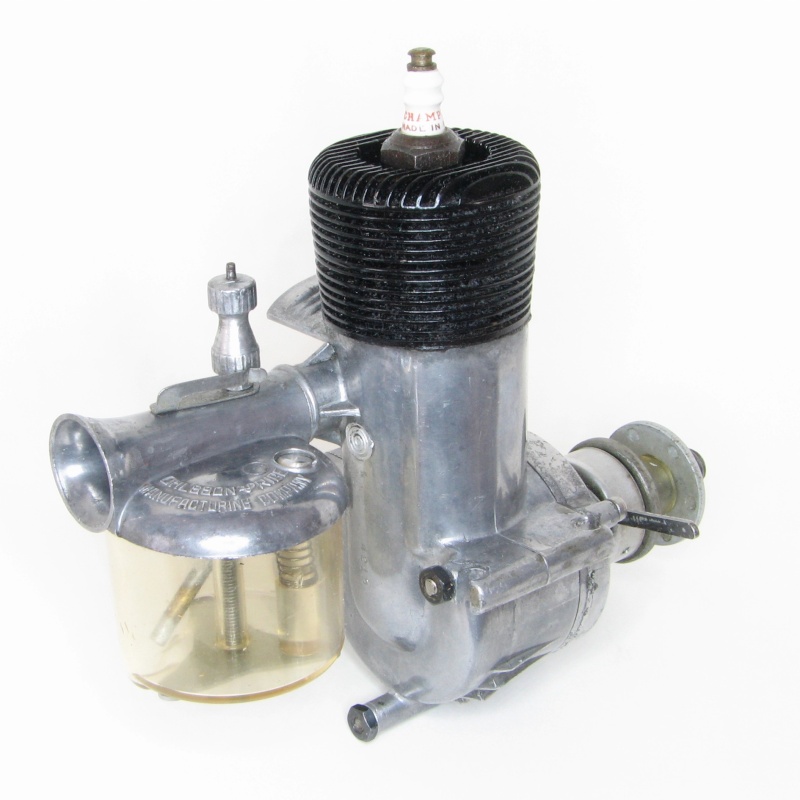
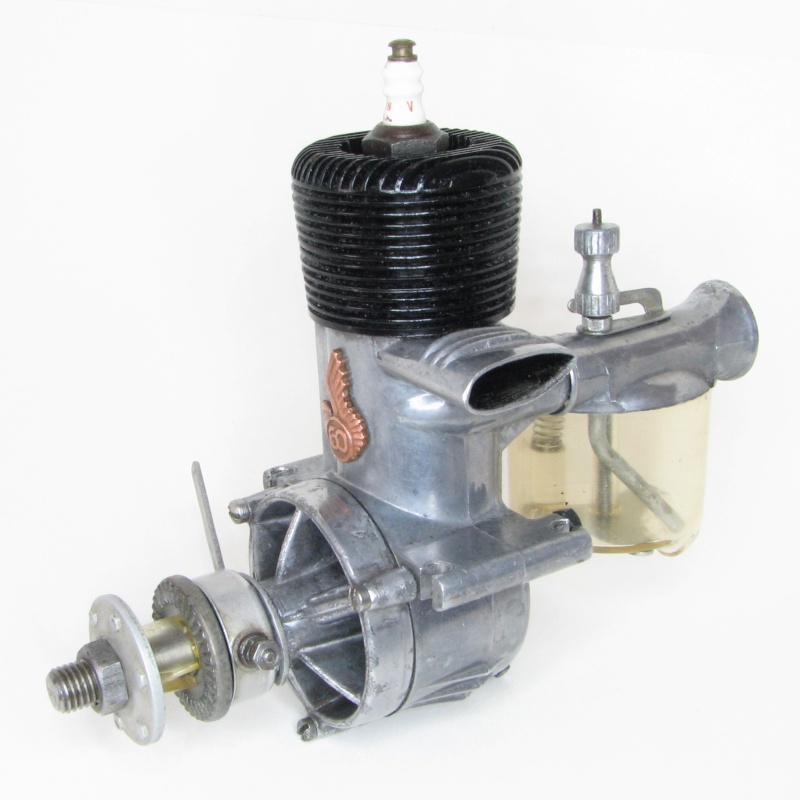
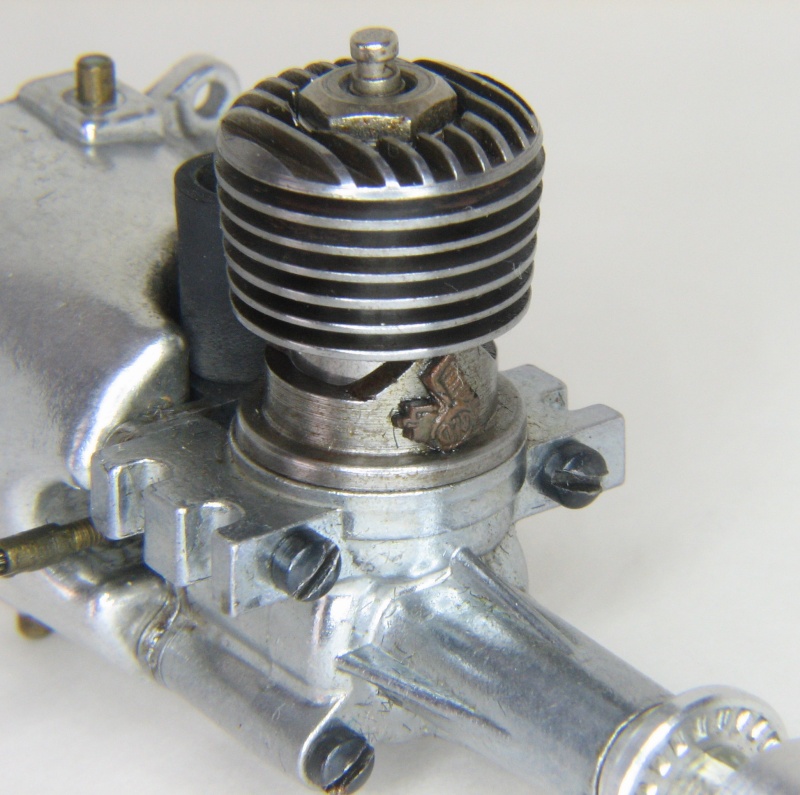
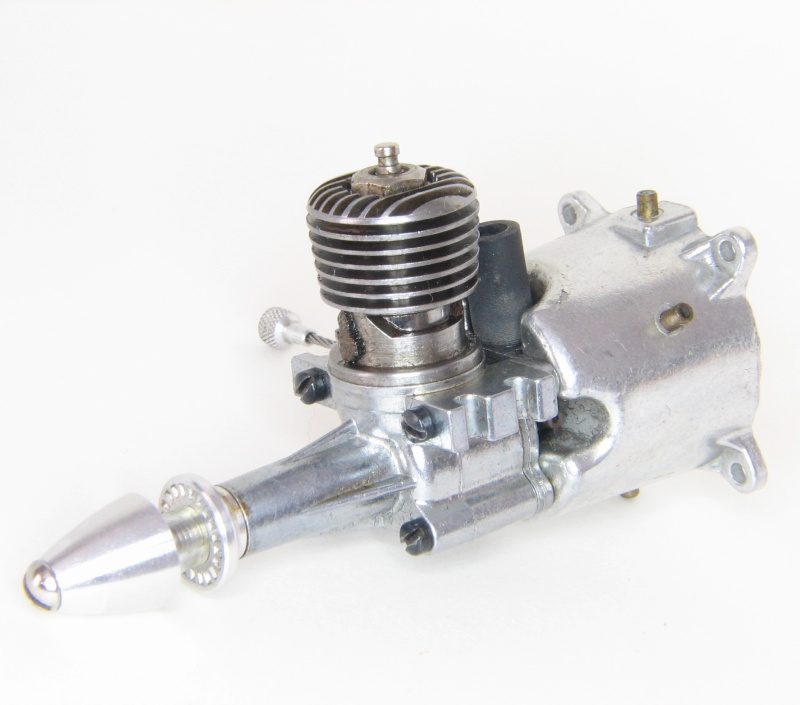
And 3 of the most attractive Foxes ever, the 1967 60 and 74 and the 1971 first model 78 used "Foxy" over the displacement
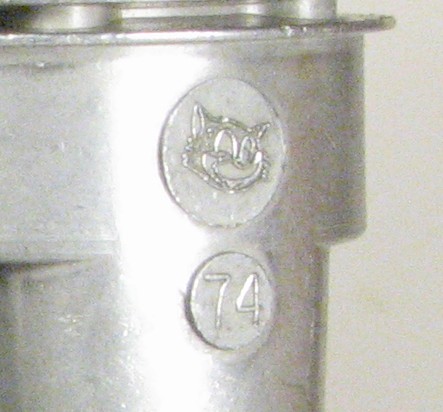
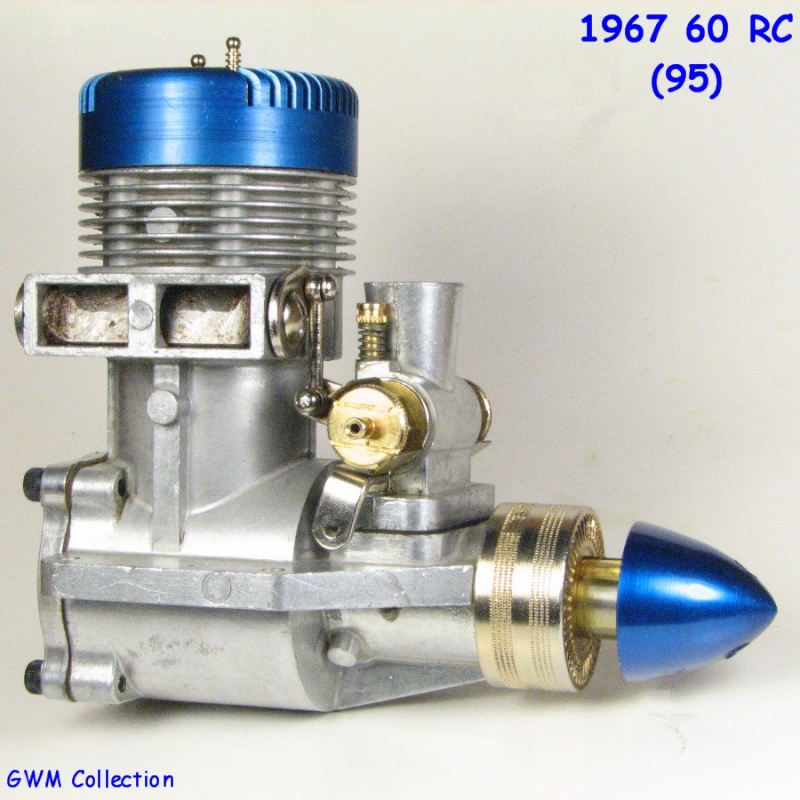
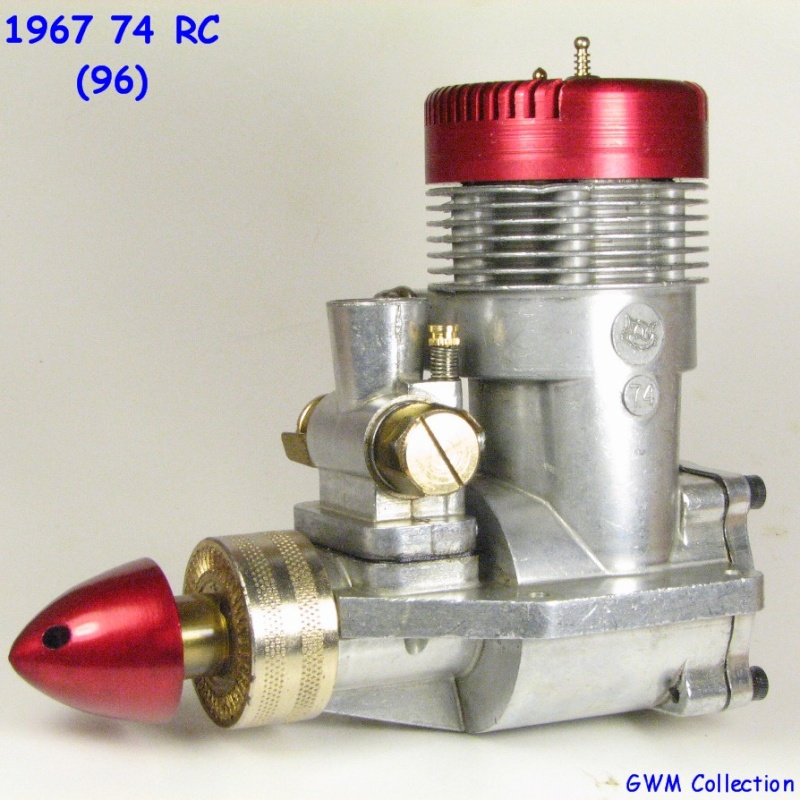
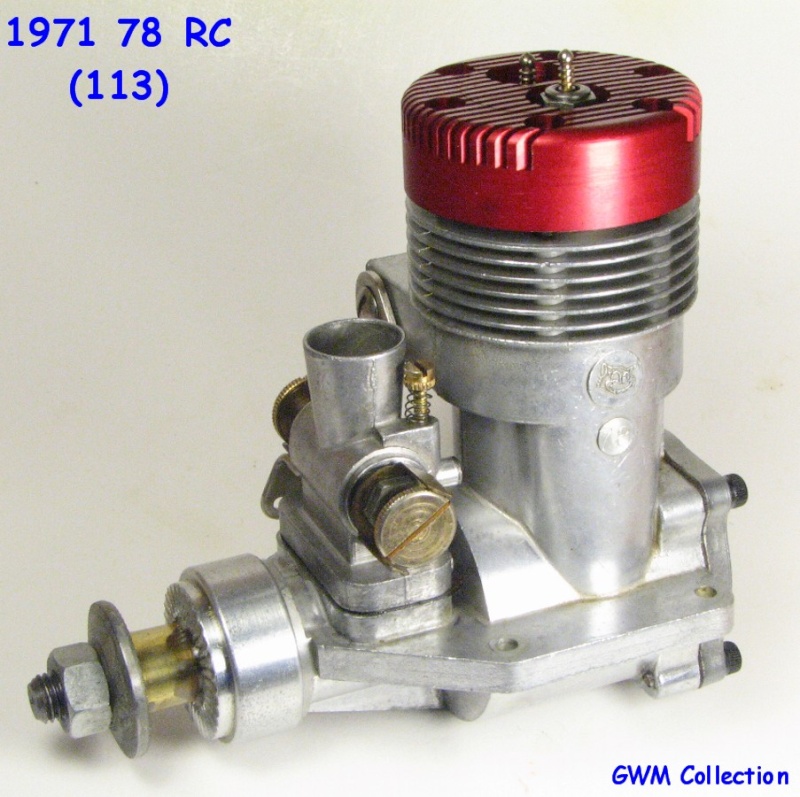





And 3 of the most attractive Foxes ever, the 1967 60 and 74 and the 1971 first model 78 used "Foxy" over the displacement





GWILLIEFOX- Rest In Peace

- Posts : 304
Join date : 2014-12-23
Age : 81
Location : Beaver Falls, PA
 Re: FOO Bird and Foxy
Re: FOO Bird and Foxy
I use an old Canon S2 IS 5.0 mpixels. I did an article on my technique a while back for Engine Collectors Journal. Here is an excerpt:
The following has nothing to do with the light plate, but describes how I take my photos. As I said, others have their pet techniques; these are mine. I use Canon digital cameras; other makes probably have similar features. Things that were salient in the “old days” are still relevant. Larger F stops (smaller apertures) mean greater depth of field. Even with faster shutter speeds and image stabilization, tripod mounted shots mean sharper shots. Ability to correct white balance for different lighting sources means you don’t need special filters to use incandescent, fluorescent, or LEDs.
Most new digital cameras have a MACRO mode, but I find I must get too close to the subject or just cannot always get the framing I want using it. I have gone back to old fashioned close-up lenses for my work. These are auxiliary lenses mounted in front of the normal lens. They come in sets of 3; +1, +2, and +3 power, the higher number let you get closer to the subject. They can be combined together to get +4, +5, and +6, powers.
Many Canon cameras have a removable ring around the lens. Fig 11 shows this ring on my S2 IS. You depress a button, remove the ring, and substitute a Canon adapter. You can then mount the close-up lens to this adapter (or other filters, haze filters, polarizing filters, etc).
Now take a deep breath and turn off “AUTO” mode. I turn on “AV” mode which will allow you to set a fixed aperture. Here set the largest F value, F8 on my camera. This will give you the deepest depth of field. Fig 12 shows my mode selector set on AV and the viewfinder shows F8.
Now on to the “Functions” menu, also Fig 12. First be sure to turn the flash “OFF”. You’ll be shooting with the lightplate so you don’t want flash. There is a function called AWB or Auto White Balance. This sets the tinting for the type of light the camera will see. Here select the setting that gives the color closest to what you want to see; as you change settings, the screen will show you what the picture will look like. On my camera with the lightplate, “Fluorescent H” seems to work best. Next, you can have the camera over or under expose the shot. You’ll need to try different settings to find the best. I typically need +1/3, +2/3s stop.
I set the camera on a tripod and set up a 2 second shutter delay. When I snap the shot, there will be a 2 second delay for things to settle. Your particular camera might have different names for things, but the functions will no doubt be there on all but the most basic cameras.
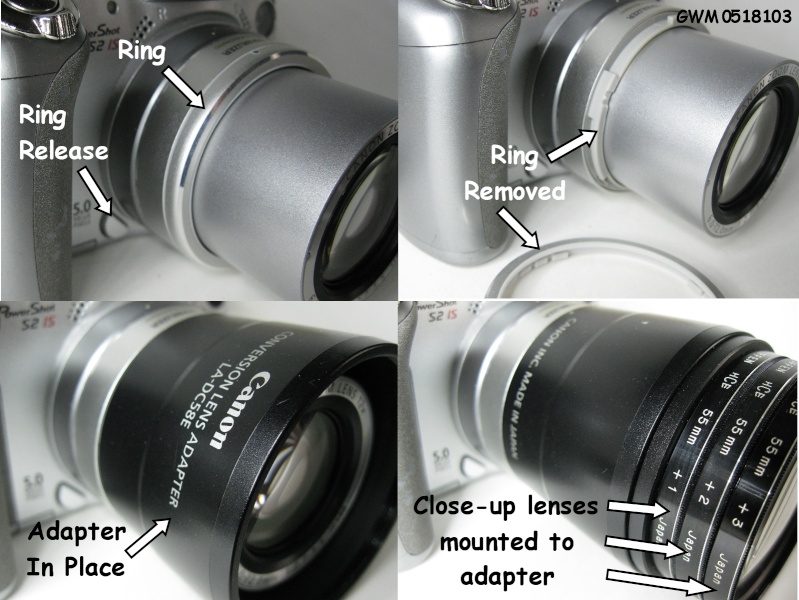
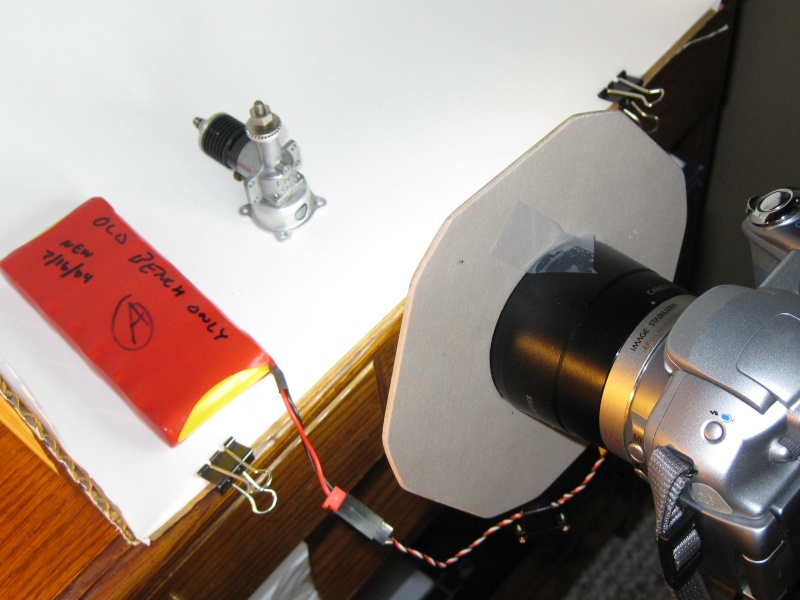
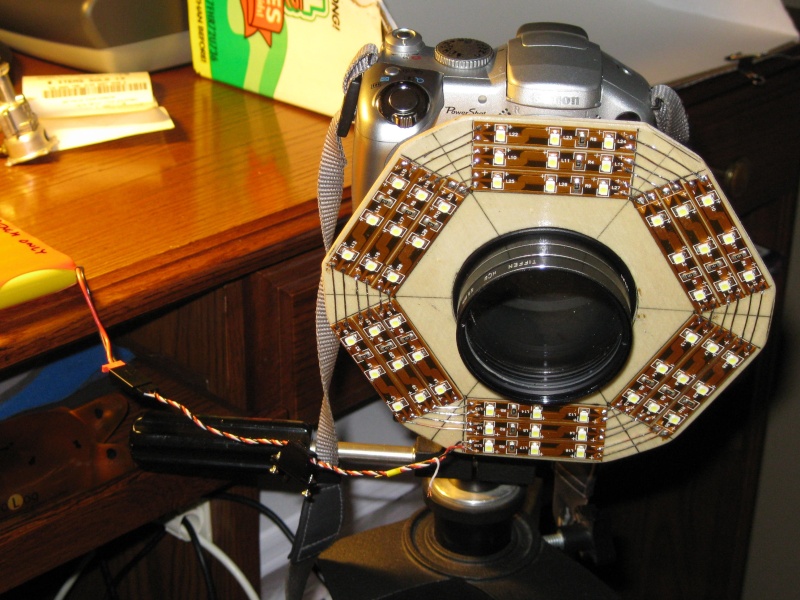
The following has nothing to do with the light plate, but describes how I take my photos. As I said, others have their pet techniques; these are mine. I use Canon digital cameras; other makes probably have similar features. Things that were salient in the “old days” are still relevant. Larger F stops (smaller apertures) mean greater depth of field. Even with faster shutter speeds and image stabilization, tripod mounted shots mean sharper shots. Ability to correct white balance for different lighting sources means you don’t need special filters to use incandescent, fluorescent, or LEDs.
Most new digital cameras have a MACRO mode, but I find I must get too close to the subject or just cannot always get the framing I want using it. I have gone back to old fashioned close-up lenses for my work. These are auxiliary lenses mounted in front of the normal lens. They come in sets of 3; +1, +2, and +3 power, the higher number let you get closer to the subject. They can be combined together to get +4, +5, and +6, powers.
Many Canon cameras have a removable ring around the lens. Fig 11 shows this ring on my S2 IS. You depress a button, remove the ring, and substitute a Canon adapter. You can then mount the close-up lens to this adapter (or other filters, haze filters, polarizing filters, etc).
Now take a deep breath and turn off “AUTO” mode. I turn on “AV” mode which will allow you to set a fixed aperture. Here set the largest F value, F8 on my camera. This will give you the deepest depth of field. Fig 12 shows my mode selector set on AV and the viewfinder shows F8.
Now on to the “Functions” menu, also Fig 12. First be sure to turn the flash “OFF”. You’ll be shooting with the lightplate so you don’t want flash. There is a function called AWB or Auto White Balance. This sets the tinting for the type of light the camera will see. Here select the setting that gives the color closest to what you want to see; as you change settings, the screen will show you what the picture will look like. On my camera with the lightplate, “Fluorescent H” seems to work best. Next, you can have the camera over or under expose the shot. You’ll need to try different settings to find the best. I typically need +1/3, +2/3s stop.
I set the camera on a tripod and set up a 2 second shutter delay. When I snap the shot, there will be a 2 second delay for things to settle. Your particular camera might have different names for things, but the functions will no doubt be there on all but the most basic cameras.




GWILLIEFOX- Rest In Peace

- Posts : 304
Join date : 2014-12-23
Age : 81
Location : Beaver Falls, PA
 Re: FOO Bird and Foxy
Re: FOO Bird and Foxy
GWILLIEFOX wrote:
They're really lovely looking engines, that's for sure. But forgive my ignorance, is that 2 glow plugs in the heads of a few your engines?

dinsdale- Account Deactivated by Owner
- Posts : 317
Join date : 2012-02-22
 Re: FOO Bird and Foxy
Re: FOO Bird and Foxy
Yes, you are seeing two plugs. Back in the late 60s, early 70s RC planes were becoming far more sophisticated and every engine manufacturer was trying to get into the RC engine market. These engines needed reliable throttling and there was a huge amount of experimentation. Twin plugs were used in the hopes one would stay lit during idle, preventing a flameout. Many manufacturers tried this idea, like Fox, Merco, and Super Tigre. It didn't really completely solve the problem. Mixture compensating carburetors and heat retained by muffler use gave us reliable idle.
Some racing engines also used twin plugs, maybe the most famous the legendary Fox "Bathtub" 29R.
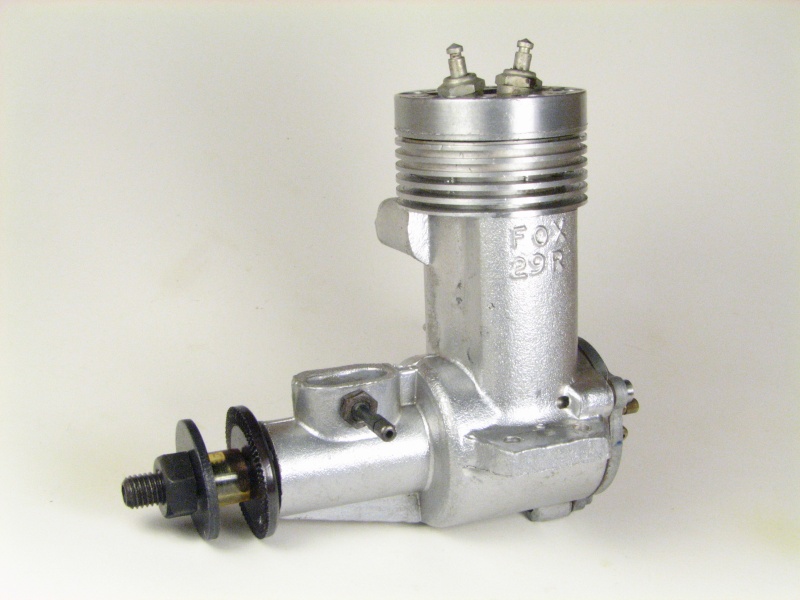
Some racing engines also used twin plugs, maybe the most famous the legendary Fox "Bathtub" 29R.


GWILLIEFOX- Rest In Peace

- Posts : 304
Join date : 2014-12-23
Age : 81
Location : Beaver Falls, PA
 Similar topics
Similar topics» My new bird
» Are you looking at my Bird?
» Which COX CL bird is this?
» Early Bird Gets the .020 !!
» Sig Deweybird 1/2A
» Are you looking at my Bird?
» Which COX CL bird is this?
» Early Bird Gets the .020 !!
» Sig Deweybird 1/2A
Page 1 of 1
Permissions in this forum:
You cannot reply to topics in this forum

 Rules
Rules








